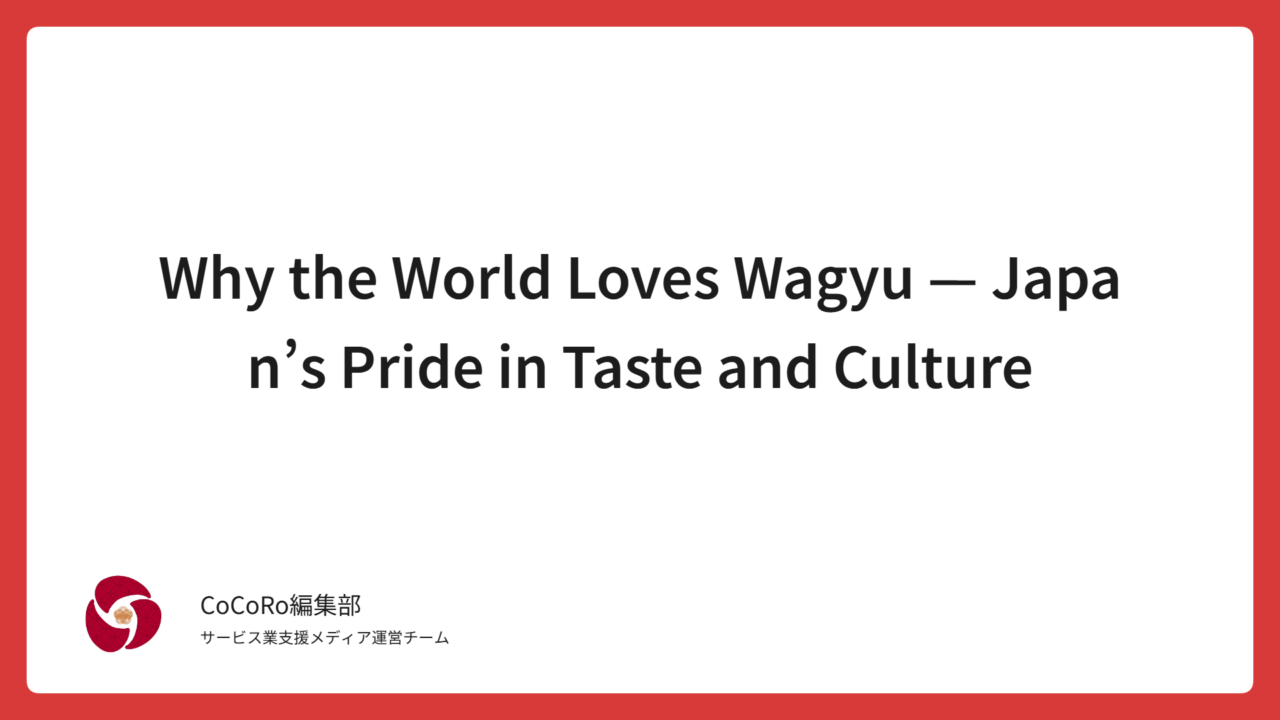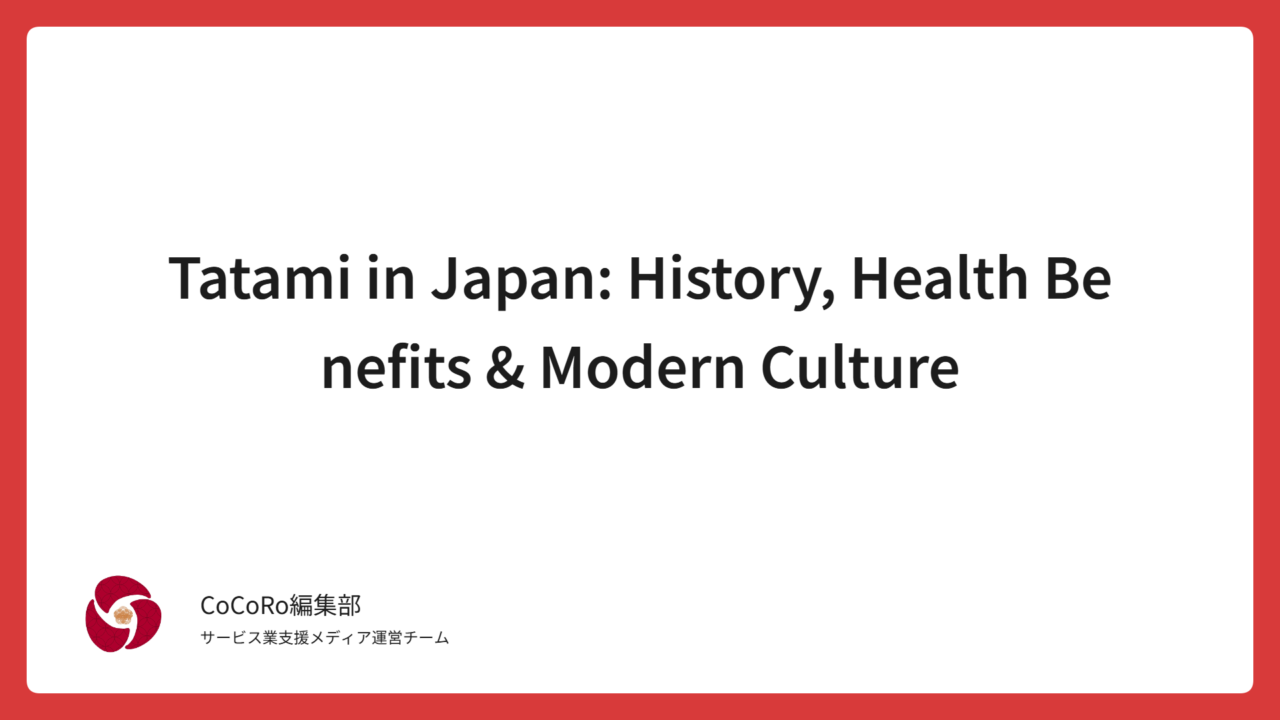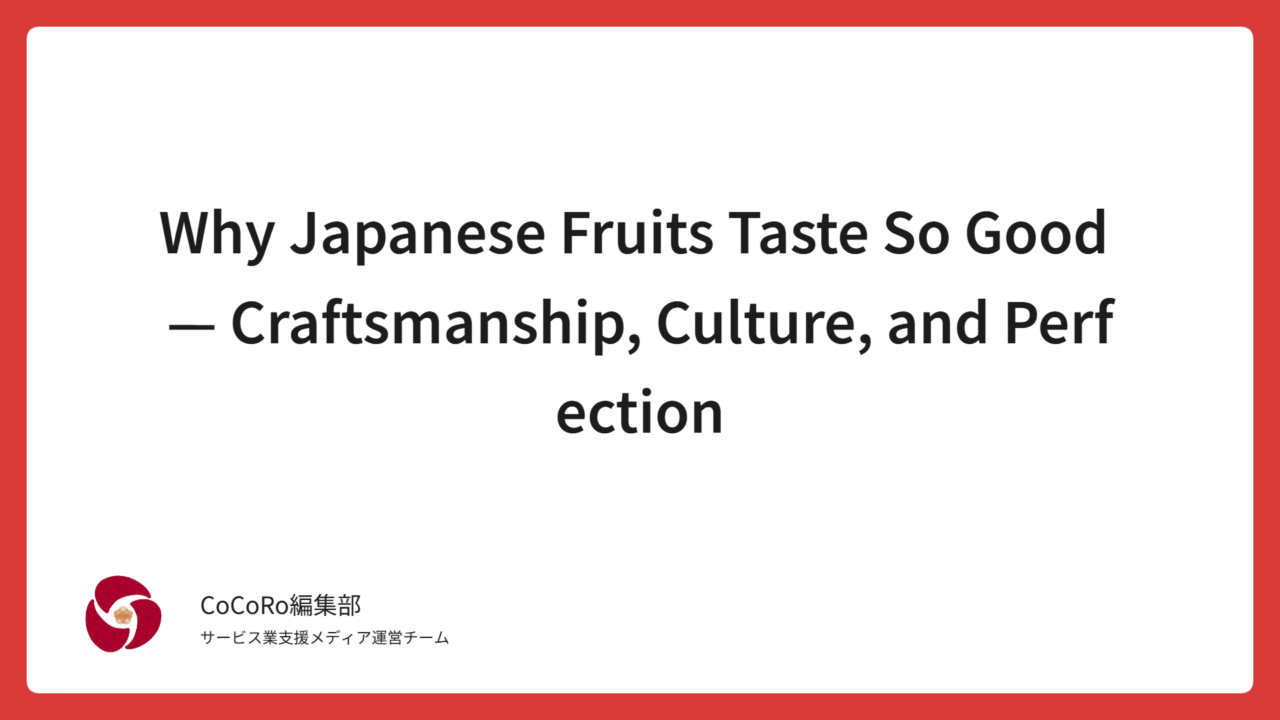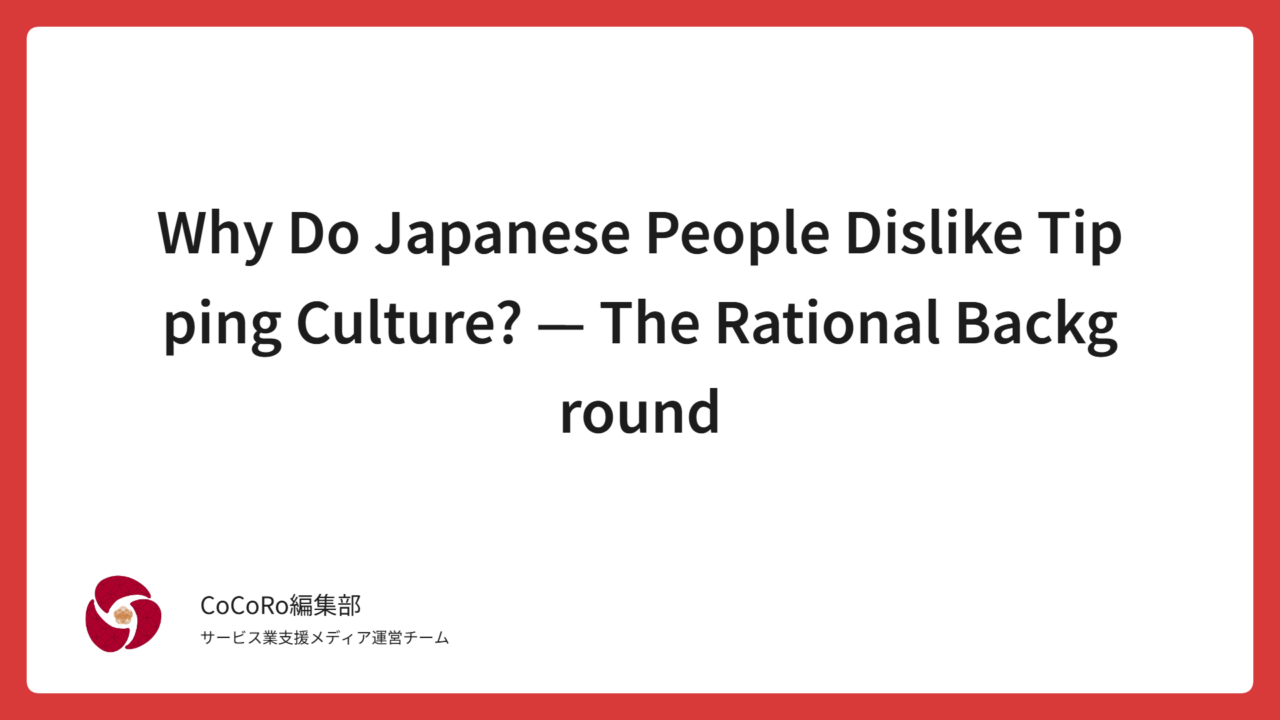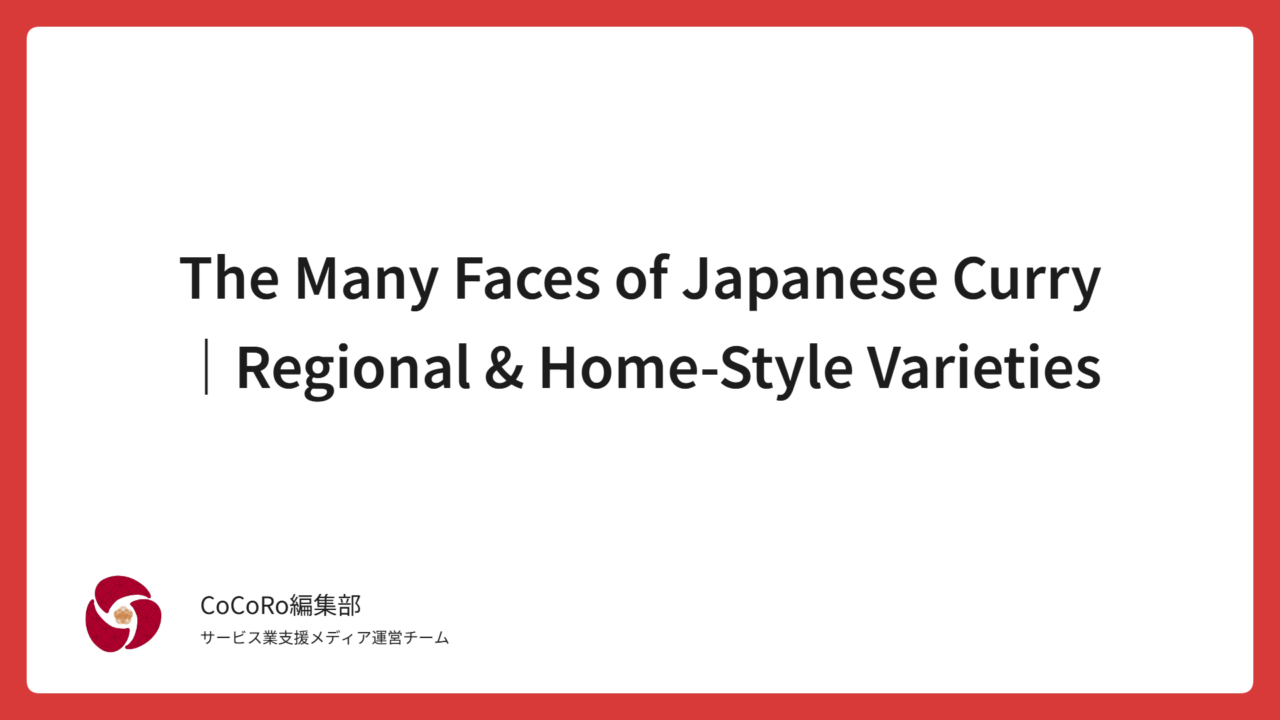
- A Taste of Life and Gratitude: What Japanese People Should Reconnect With
- Chapter 1: Why the World Is Drawn to Shojin Cuisine
- Chapter 2: The Origins of Shojin Cuisine — The Philosophy of “Eating as a Form of Spiritual Practice”
- Chapter 3: The Five Tastes, Five Colors, and Five Methods — A Culinary Philosophy of Beauty and Harmony
- Chapter 4: Shojin Cuisine in the Modern World — From Tradition to Well-being
- Chapter 5: Yuru Shojin — A Heart-Centered Cuisine for the Modern World
- Chapter 6: Where to Experience Shojin Cuisine — Beyond Temple Walls
- Chapter 7: The Difference Between Shojin Cuisine and Vegetarianism — Not Just Food, but a Way of Life
- Chapter 8: Why Shojin Cuisine Is Worth Rediscovering — Especially for the Japanese
- Chapter 9: The Future of Shojin Cuisine — The Fusion of Sustainability and Technology
- Chapter 10: Conclusion — Shojin Cuisine, a Culture of Savoring Life Itself
A Taste of Life and Gratitude: What Japanese People Should Reconnect With

Chapter 1: Why the World Is Drawn to Shojin Cuisine
One of the food cultures that most surprises foreign visitors to Japan is Shojin Cuisine, the traditional Buddhist vegetarian cooking.
It is made entirely from vegetables, beans, and grains—without any meat or fish—yet its flavor is deep and its presentation remarkably beautiful.
More than just “vegan food,” it is highly valued as a culinary expression of mindfulness and the Japanese way of life.
Today, even the Michelin Guide features restaurants serving Shojin Cuisine.
In cities like New York and London, Japanese vegan restaurants inspired by Shojin cooking are gaining popularity,
spreading alongside keywords such as Zen, tranquility, and mindfulness.
At the heart of this quiet global trend lies the spirit of “mindful eating”—a philosophy that Japanese people have preserved for centuries.
As the world grows increasingly fascinated by this culture, perhaps it is time for the Japanese themselves to rediscover its true essence.
Chapter 2: The Origins of Shojin Cuisine — The Philosophy of “Eating as a Form of Spiritual Practice”
The roots of Shojin Cuisine can be traced back to the 6th century, when Buddhism was introduced to Japan along with the teaching of fusecchō — the precept of not taking life.
The ethical principle of living without killing or harming other beings gradually evolved into a structured form of monastic dining.
During the Nara and Heian periods, Japan was influenced by the Tang dynasty of China, and the concept of “saijiki”—ritual meals to purify the mind—became established.
This gave rise to a culture that regarded eating itself as an act of spiritual cleansing.
In the Kamakura period, as Zen Buddhism spread throughout Japan, Zen master Dōgen wrote the Tenzo Kyōkun (“Instructions for the Cook”),
in which he expressed the idea that even a single grain of rice embodies the life of the Buddha.
In essence, Shojin Cuisine is not merely about food—it is a spiritual practice in which one cultivates the mind through the act of eating.
Chapter 3: The Five Tastes, Five Colors, and Five Methods — A Culinary Philosophy of Beauty and Harmony
Shojin Cuisine values balance in taste and harmony in appearance.
At its core lies the Japanese culinary principle known as the Five Tastes, Five Colors, and Five Methods — a concept that forms the very foundation of traditional Japanese cuisine.
- The Five Tastes: sweet, sour, spicy, bitter, and salty. These five fundamental flavors form the basis of balance in Shojin Cuisine, ensuring that no single taste overwhelms the others.
- The Five Colors: white, black, red, green (blue), and yellow. These five hues represent visual balance and harmony, expressing the beauty of nature through color in every dish.
- The Five Methods: raw, simmered, grilled, deep-fried, and steamed. These five techniques bring out the natural flavors and textures of each ingredient, creating both variety and harmony in a single meal.
Through this combination, each meal becomes both visually vibrant and nutritionally balanced.
Even without meat or fish, Shojin Cuisine provides a deep sense of satisfaction — a result of its deliberate design of harmony.
Another defining element of Shojin Cuisine is its dashi, or broth.
The umami flavor is drawn entirely from plant-based ingredients such as kombu (kelp) and dried shiitake mushrooms, rather than from animal sources.
This concept of umami — the “fifth taste” — is considered one of Japan’s greatest contributions to the world’s culinary culture.
Chapter 4: Shojin Cuisine in the Modern World — From Tradition to Well-being
Shojin Cuisine was once reserved for monks and temples alone.
Today, however, its philosophy is being re-evaluated through modern values such as mental wellness, sustainability, and mindfulness.
🌏 Overseas, Shojin Cuisine Is Gaining Popularity as “Japanese Vegan”
In Western countries, veganism—a diet free from meat and dairy products—has become increasingly popular.
However, Shojin Cuisine is perceived as “veganism with spirituality” — a way of eating that nourishes both the body and the mind.
“Eat with gratitude.” “Waste nothing.” “Live in harmony with nature.”
This mindset is admired around the world as an ethical and aesthetically beautiful food culture.
🪷 In Japan, Shojin Cuisine Has Evolved into “Yuru Shojin” — a Gentle, Modern Form of Mindful Eating
In Japan, a new style called “Yuru Shojin” has emerged — a modern interpretation of traditional Shojin Cuisine.
It does not require strict veganism; instead, people simply choose to eat vegetable-based meals several times a week.
This movement reflects a desire to bring the spirit of Shojin — quiet appreciation and inner balance — back into everyday life.
Chapter 5: Yuru Shojin — A Heart-Centered Cuisine for the Modern World
“Yuru Shojin” is not about strict religious rules, but rather a flexible practice rooted in compassion and harmony.
For example,
- Avoids meat and fish, yet allows small amounts of eggs and dairy products.
- Allows the use of gokun — pungent ingredients such as garlic and green onions — which are traditionally avoided in strict Buddhist cuisine.
- Emphasizes taking time to center the mind and find calm through everyday meals.
In essence, it is a way of eating that values gratitude over perfection.
This approach has gained attention among people living in today’s stressful society as a mindful way of eating that helps reset and restore the mind.
Chapter 6: Where to Experience Shojin Cuisine — Beyond Temple Walls
Shojin Cuisine is often thought of as a special meal served only in temples,
but today it can actually be enjoyed in a variety of places and settings across Japan.
🏯 Temple Dining — Shojin Cuisine in Its Traditional Setting
In places such as Kyoto, Kamakura, and Mount Kōya, many temples offer traditional Shojin Kaiseki courses.
Here, visitors can enjoy authentic Shojin Cuisine in an atmosphere of deep silence and serenity.
Examples include Tenryu-ji’s Shigetsu restaurant in Kyoto and Eihei-ji’s temple lodging cuisine in Fukui.
🍽 Shojin Cuisine in Restaurants and Hotels
In major cities such as Tokyo and Kyoto, luxury hotels and traditional ryokan now serve Shojin Kaiseki or plant-based kaiseki courses.
These menus are particularly popular among vegan travelers from overseas, while a quiet appreciation for Shojin-style dining is also growing among Japanese guests.
☕ Shojin Cafés and Modern Shojin Cuisine
Recently, cafés and restaurants have begun offering Shojin-inspired lunches and menus featuring creative takes on tofu, yuba (soy milk skin), and fermented foods.
Items such as “Shojin Bowls” and “Shojin Plates” are making this traditional cuisine more accessible as part of everyday dining.
Chapter 7: The Difference Between Shojin Cuisine and Vegetarianism — Not Just Food, but a Way of Life
At first glance, Shojin Cuisine and vegetarian meals may seem similar, but the underlying purpose and philosophy behind them are fundamentally different.
| Aspect | Shojin Cuisine | Vegetarianism |
|---|---|---|
| Origin | Rooted in Buddhist philosophy, emphasizing non-violence (fusecchō) and spiritual discipline. | Originates from modern values such as health, animal welfare, and environmental protection. |
| Purpose | Aims for purification of the mind, gratitude, and harmony with all living beings. | Focuses on physical health, ethical living, and environmental consciousness. |
| Dietary Rules | Strictly avoids all animal products and often excludes gokun (pungent vegetables like garlic and onions). | Varies by type — some allow eggs and dairy (e.g., lacto-ovo vegetarians). |
| Spirituality | Eating is seen as an act of gratitude toward life itself — “itadaku” as a mindful expression of respect. | Abstaining from animal foods is viewed as an ethical or environmental choice — a conscious act of avoidance. |
In essence, Shojin Cuisine is not merely about food — it is a way of life.
Within a single bowl of miso soup or a small piece of tofu lies a deep respect for life itself.
This quiet sense of reverence is precisely what deeply moves and attracts people from around the world.
Chapter 8: Why Shojin Cuisine Is Worth Rediscovering — Especially for the Japanese
Modern Japan enjoys an abundance of food,
yet the pursuit of speed, convenience, and low cost has gradually led to the loss of heart and mindfulness at the dining table.
In such times, the spirit of Shojin Cuisine —
to know sufficiency, eat with gratitude, and waste no life —
is once again being recognized for its enduring value.
To learn about Shojin Cuisine is to reconnect with the philosophy of food that many Japanese have nearly forgotten.
- The Wisdom of “Ichibutsu Zentai” — The Whole-Food Philosophy of Using Every Part
- Embracing “Shun” — The Japanese Appreciation of Seasonality
- “Shoku no Sahō” — The Art of Eating as a Spiritual Practice
All of these embody the very essence of Japanese culture —
and they are also among the reasons why people around the world feel such admiration for Japan.
Chapter 9: The Future of Shojin Cuisine — The Fusion of Sustainability and Technology
Shojin Cuisine is both ancient and new — a “food of the future” born from tradition.
- Harmony with the SDGs — Reducing Environmental Impact by Limiting Animal Products
- Reducing Food Waste — The Spirit of “Ichibutsu Zentai” and “Eating Without Waste”
- A Mindful Society — Finding Inner Balance Through Food
Furthermore, with the advancement of AI and modern technology,
new innovations are emerging — such as apps that suggest personalized Shojin meal plans based on one’s health data,
and online programs that teach temple-style dining etiquette and mindful eating practices.
Ancient wisdom is coming back to life in the digital age, bridging timeless traditions with the innovations of today.
Chapter 10: Conclusion — Shojin Cuisine, a Culture of Savoring Life Itself
Shojin Cuisine is not merely a form of vegetarianism.
It is a Japanese philosophy that makes life and gratitude visible.
The world is drawn to this culture not only for health or environmental reasons,
but because within it lies a quiet moment to reflect on the meaning of life itself.
For the Japanese, to rediscover this culture is to awaken the sense of compassion and harmony that has long slept within themselves.
To eat is to live.
To live is to be grateful.
It is Shojin Cuisine that gently teaches us this simple yet profound truth.

